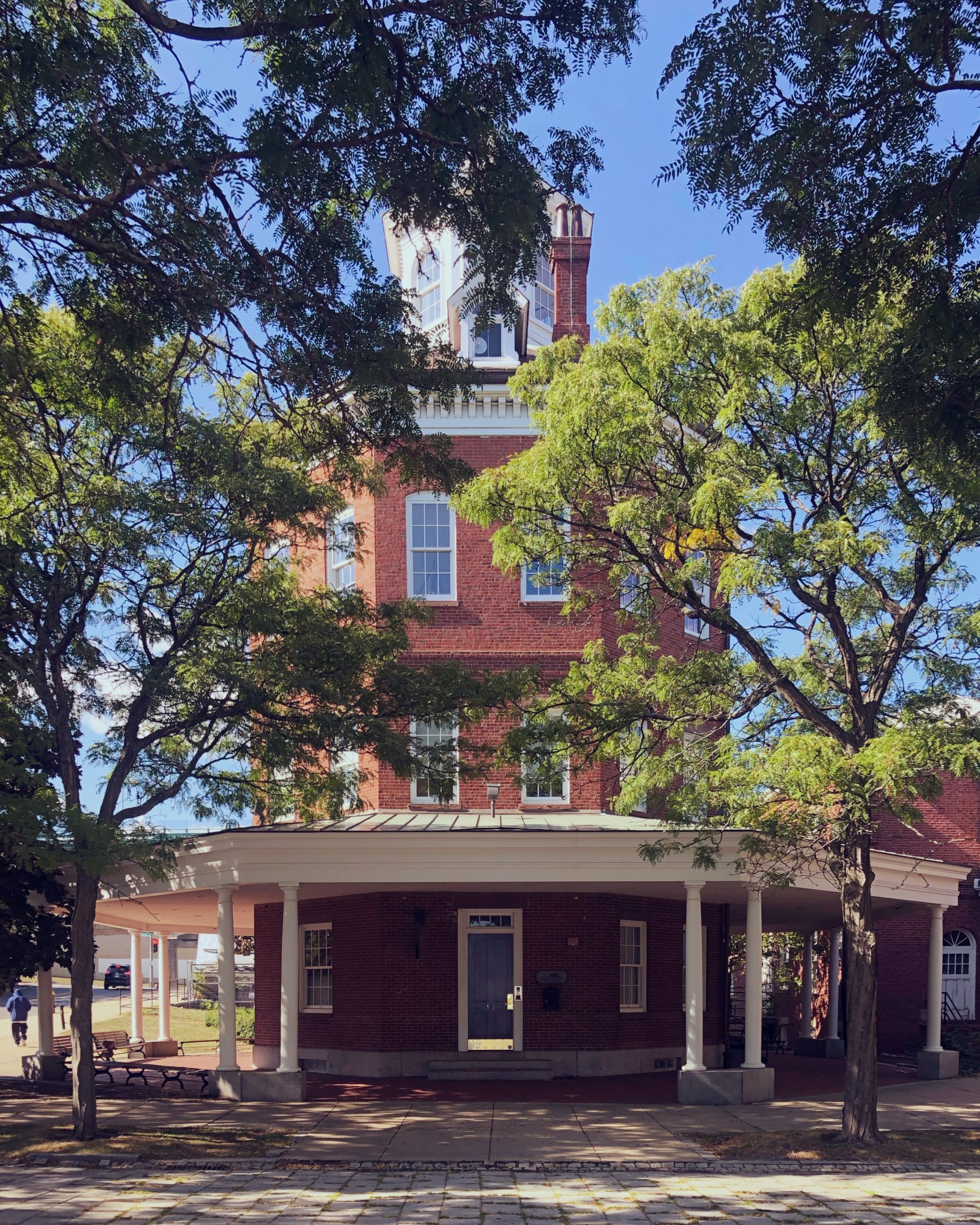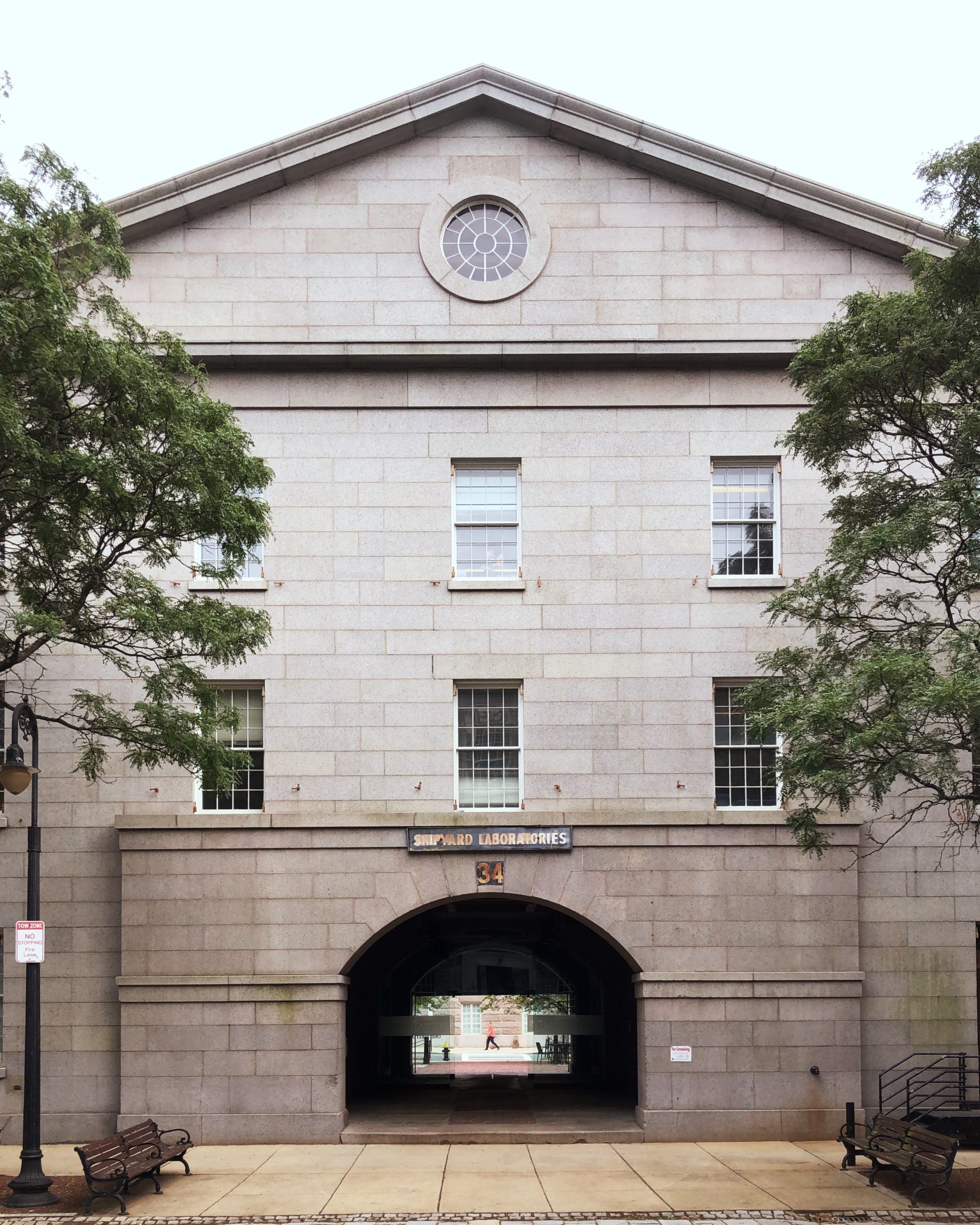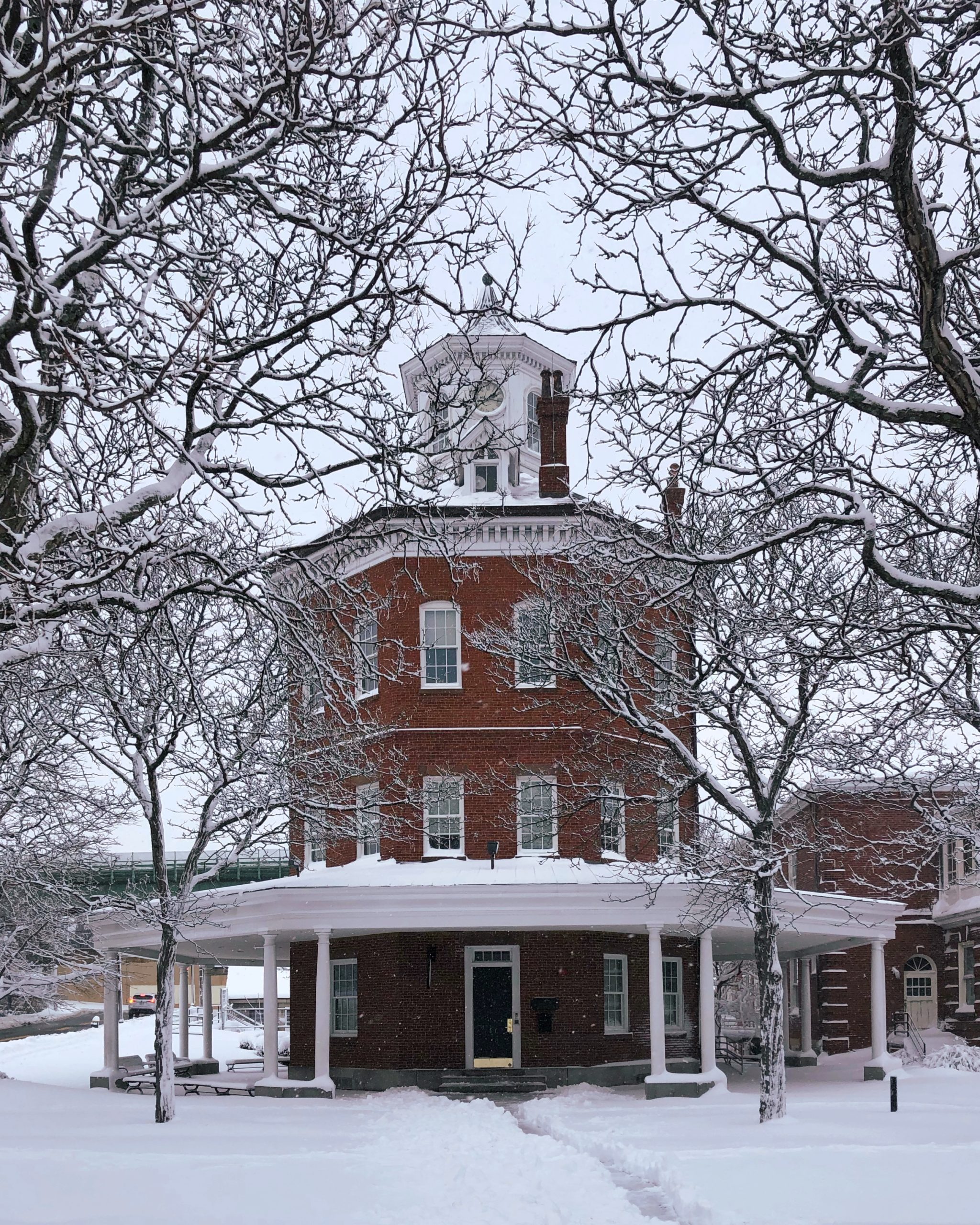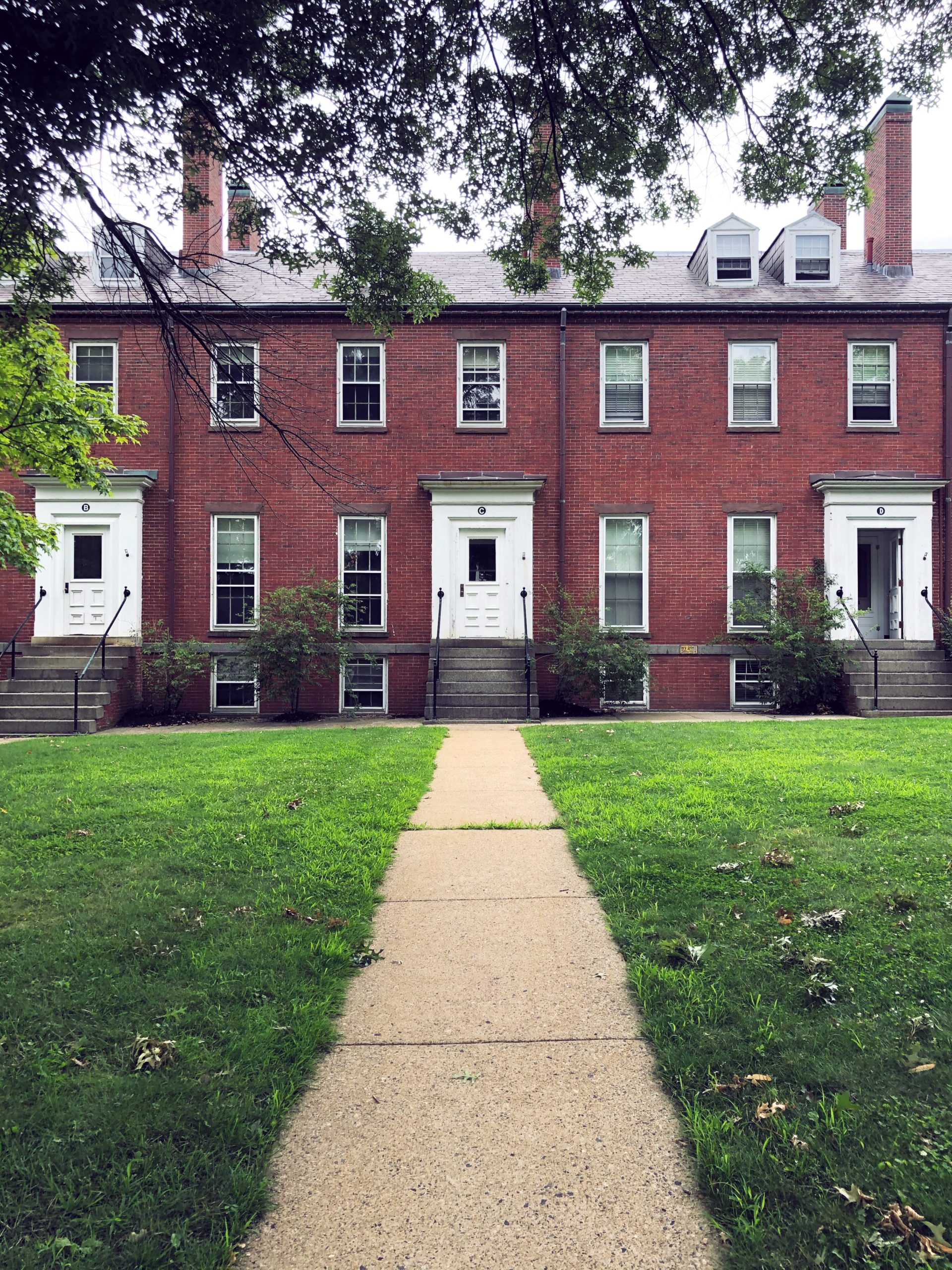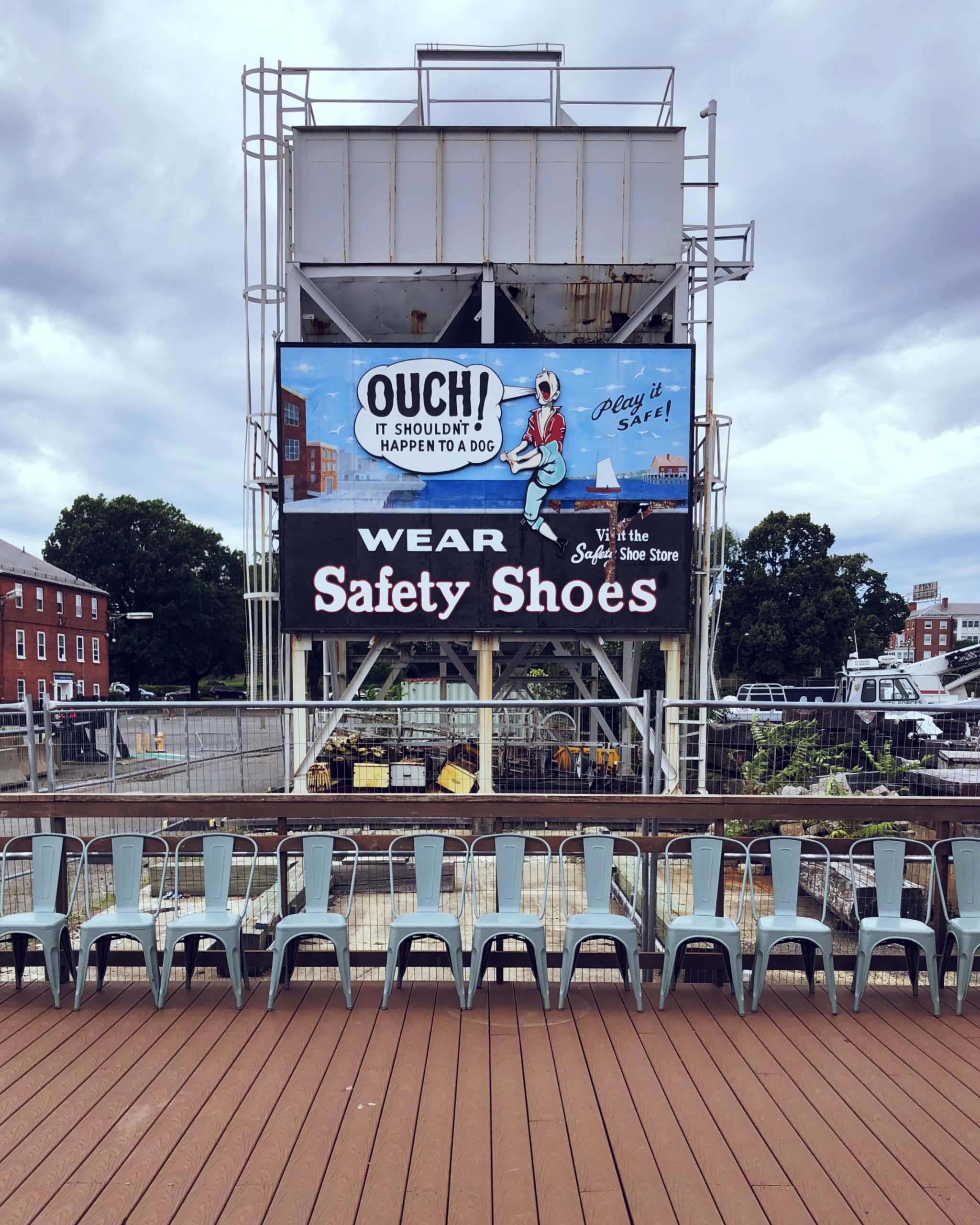The Boston Navy Yard was once one of the oldest shipbuilding facilities in the United States. It operated for nearly two centuries the ships that left this yard ventured through every major ocean around the globe having been built by generations of patriotic workers and sailed by heroic navy personnel.
In 1941, three days after the surprise attack at Pearl Harbor, Frank Knox (the Secretary of the Navy) sent out an incendiary call to arms to shipbuilding yards across the country, “We must have ships and more ships, guns and more guns, men and more men—faster and faster…The Navy must lead the way. Speed up—It is your Navy and your nation!”
The Yard revised the cry for “men and more men,” and instead turned to those who would not have been hired during times of peace: Women.
At the time, Boston Navy Yard’s civilian employees ranked in the thousands, but were insufficiently staffed to meet with unexpected wartime demands. In response, the Yard revised the cry for “men and more men,” and instead turned to those who would not have been hired during times of peace: Women. By 1943, nearly 20% of the 50,000 civilian workforce at the Yard was female. They constructed new ships and produced specialized components on land, while taking up posts as welders, painters, machine operators, pipefitters, and mechanics.
/ 5
Hailing from all backgrounds, these women faced great challenges not just related to the extreme conditions with dangerous tools and materials. They also faced prejudice from male counterparts who felt the women belonged at home, cooking, cleaning, and doing most of the child-rearing (roles which they largely continued to fill anyway, after grueling 9-hour shifts at the Yard).
They are remembered as essential workers, who made crucial contributions to the country’s effort and took home good pay, before being summarily released at the end of the war. If nothing else, the ships they built and restored surely appreciated the camaraderie of being cared for by fellow females.




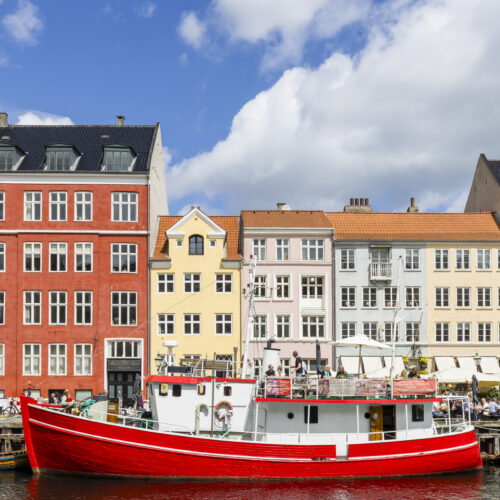



















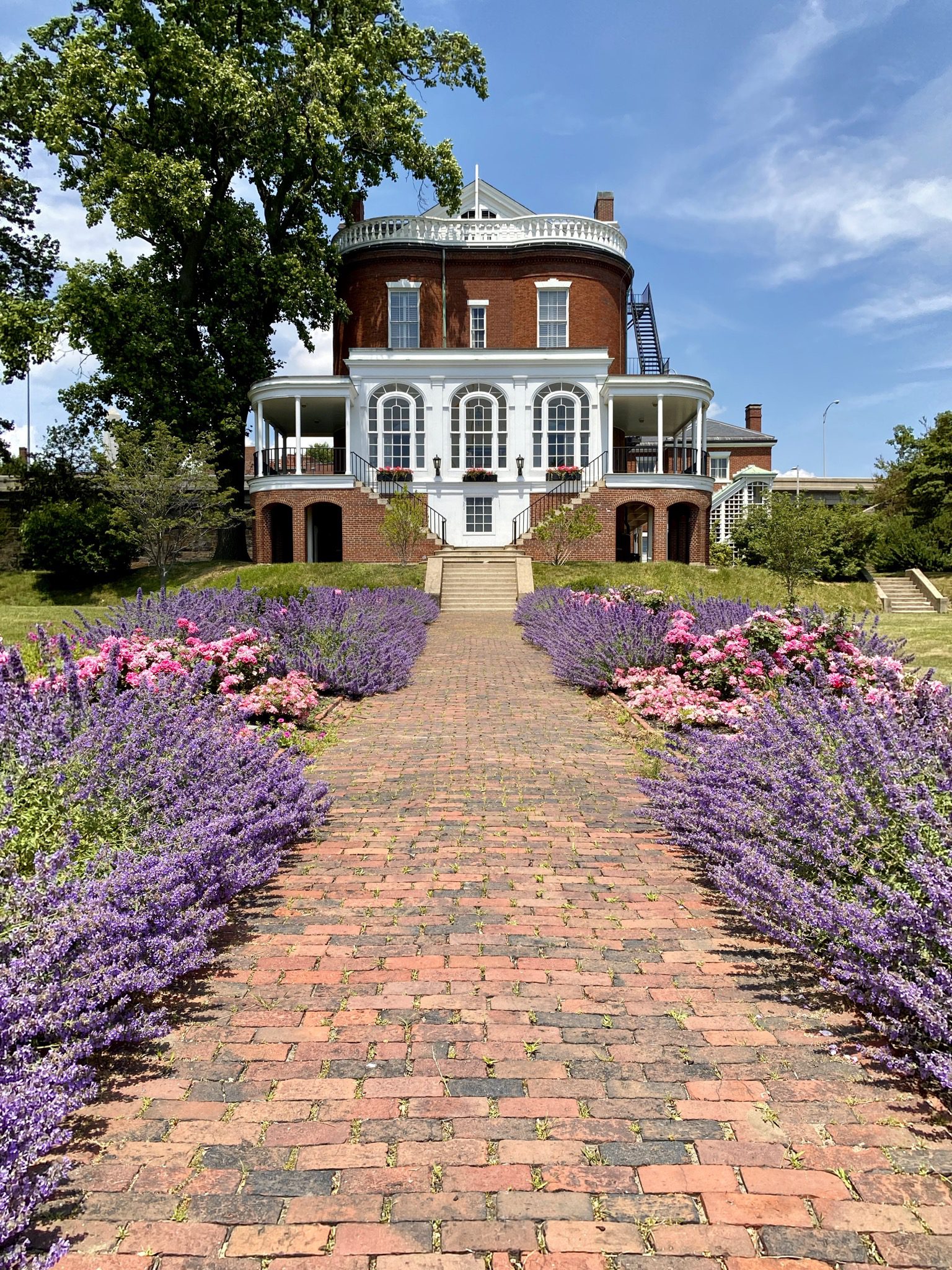
 :
: 